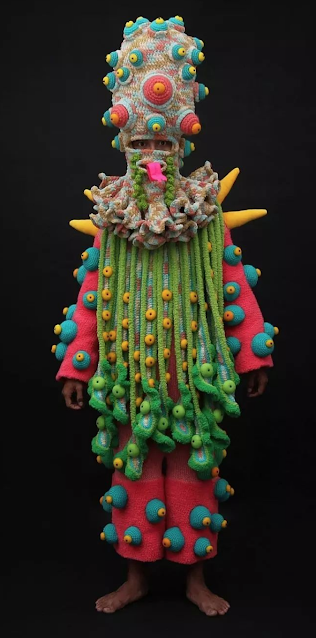6-7
PUCK asked who is this man?👇 (answer below) What does ‘6-7’ mean? It’s not pronounced as sixty-seven, but rather six-seven. If you’ve spent any time around children or even young adults recently, you may have seen them lifting their hands, palms up, like they’re weighing options, while saying 6-7. It does, of course, have its roots in online culture. Dictionary.com notes that 6-7 is having a massive year on Google Search as people — likely the parents, teachers, and elder figures surrounded by youth — try to figure out what it means. We’ll spoil that for you now: It basically means nothing. 👆👉In his December 2024 song “Doot Doot (6 7),” Skrilla says, “6-7, I just bipped right on the highway.” The song — which was never meant to be released , Skrilla recently told the Los Angeles Times — was soon used during fan-made videos compiling clips of LaMelo Ball of the Charlotte Hornets. Coming in at an NBA average 6’7” tall, Ball has garner...










Comments
Post a Comment
send me your idea!